REVERSELY SWITCHING DYNISTORS
| Type | VDRM [V] | Ip [kA] | ITSM [kA] | VTM[I=Ip] [V] | di/dt [kA/us] | dv/dt [kV/us] | IRT [kA] | TT [us] | Datasheet | Offer |
|---|---|---|---|---|---|---|---|---|---|---|
| PDDN-Y20DSC | 1 | 10 | 1 | 15 | 3 | 0.6 | 0.05 | 1.0-2.0 | Request | |
| PDDN-Y20DSE | 1.8 | 10 | 1 | 20 | 2.5 | 0.6 | 0.05 | 1.5-2.5 | Request | |
| PDDN-Y38DSC | 1.2 | 50 | 5 | 20 | 15 | 0.8 | 0.25 | 1.0-2.0 | Request | |
| PDDN-Y38DSE | 1.8 | 50 | 5 | 20 | 15 | 0.8 | 0.25 | 1.5-2.5 | Request | |
| PDDN-Y38DSF | 2.5 | 50 | 5 | 20 | 13 | 0.8 | 0.25 | 1.5-2.5 | Request | |
| PDDN-Y50DSE | 2 | 100 | 10 | 20 | 25 | 0.8 | 0.5 | 1.5-2.5 | Request | |
| PDDN-Y50DSF | 2.5 | 100 | 10 | 20 | 25 | 0.8 | 0.5 | 1.5-2.5 | Request | |
| PDDN-Y65DSE | 2 | 180 | 18 | 20 | 40 | 0.8 | 1.1 | 1.5-3.0 | Request | |
| PDDN-Y65DSH | 3 | 180 | 18 | 20 | 40 | 1 | 1.1 | 1.5-3.0 | Request | |
| PDDN-Y76DSE | 2 | 250 | 25 | 20 | 60 | 0.8 | 1.5 | 1.5-3.0 | Request | |
| PDDN-Y76DSH | 3 | 250 | 25 | 25 | 60 | 1 | 1.5 | 1.5-3.0 | Request |
| Features | Typical Applications |
|
|
Overview of Reversely Switching Dynamics
Reversely Switching Dynistors, also known as Reverse Blocking Switches or RBS, are a type of semiconductor device that exhibits unique switching capabilities. These devices are designed to conduct current in the forward direction but block current in the reverse direction, allowing for controlled switching of high-power circuits. Dynistors are used in a wide range of applications, including power converters, motor controllers, and industrial automation systems, where they provide efficient and reliable power control. Their ability to switch quickly and handle high power levels makes them an essential component in modern power electronics.
The characteristics of Reversely Switching Dynamics
1. Bidirectional conductivity: Reversely Switching Dynamics can conduct electricity in both forward and reverse directions, making it highly flexible in circuit design.
2. Fast switching characteristics: Reversely Switching Dynamics can respond quickly and quickly switch from the on state to the off state, or from the off state to the on state.
3. High voltage resistance: Reversely Switching Dynamics can withstand high voltages, operating stably even in high-voltage environments.
4. High efficiency: Due to the fast switching characteristics of Reversely Switching Dynamics, it generates less loss in the energy conversion process, thus having higher efficiency.
5. High reliability: Reversely Switching Dynamics's design and manufacturing process adopts strict quality control measures to ensure its high reliability and stability.
Application of Reversely Switching Dynamics
1. Pulse power system: Reversely Switching Dynamics has many applications in pulse power systems, such as pulse generators, lasers, etc. Reversely Switching Dynamics can generate high-power pulse signals in these systems to meet specific application requirements.
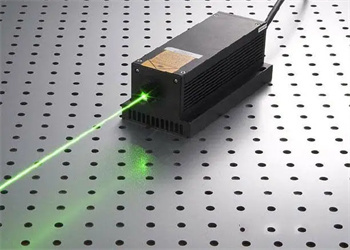
(Pulse power system)
2. Communication equipment: Reversely Switching Dynamics can be used for signal modulation and demodulation in communication systems. By adjusting the conduction and cutoff states of Reversely Switching Dynamics, analog signals can be converted into digital signals, or digital signals can be converted into analog signals to achieve signal transmission and processing.
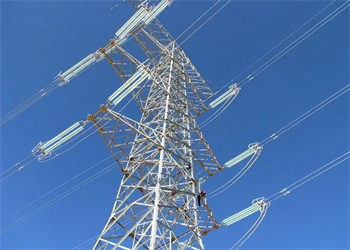
(Communication equipment)
3. Test equipment: In the test equipment, Reversely Switching Dynamics can be used as a simulated load and signal source. By adjusting the working state of Reversely Switching Dynamics, different loads and signal sources can be simulated to test the performance and stability of the device.
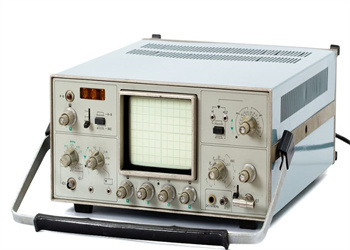
(Test equipment)
4. Other fields: In addition to the above applications, Reversely Switching Dynamics may also have applications in other fields, such as motor driving, power management, etc. However, these applications may require professional technical support and circuit design to ensure Reversely Switching Dynamics can function properly and meet system requirements.
.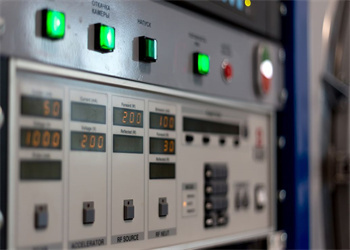
(Motor driving)
Company Profile
PDDN Photoelectron Technology Co., Ltd.(sales@pddn.com) is one of the leading enterprises in power electronics technology and power products, which is fully involved in developing solar inverters, transformers, voltage regulators, distribution cabinets, thyristors, modules, diodes, heaters, and other electronic devices or semiconductors. We will be committed to providing users with high-quality, efficient products and considerate service.
It accepts payment via Credit Card, T/T, West Union, and Paypal. PDDN will ship the goods to customers overseas through FedEx, DHL, by sea, or by air. If you want high-quality electronic devices or semiconductor products, please send us inquiries; we will be here to help you.
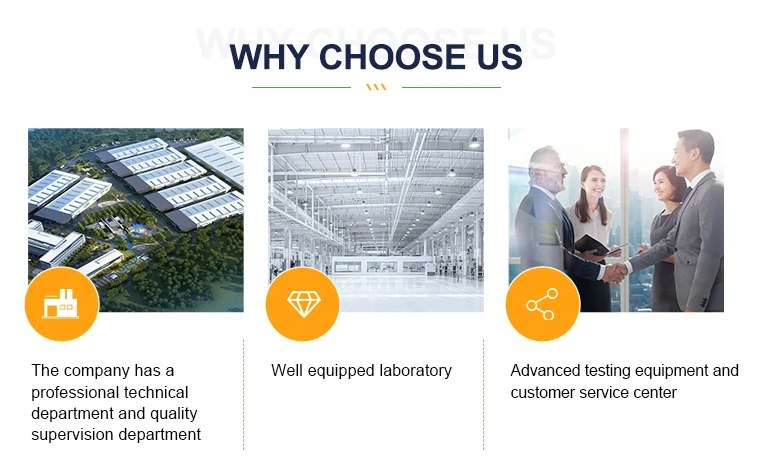
Payment Methods
L/C, T/T, Western Union, Paypal, Credit Card etc.
Shipment
By sea, by air, by express, as customers request.
Storage Conditions
1) Store in a dry environment at room temperature.
2) Avoid damp and high temperature.
3) Use immediately after opening the inner packing bag.
FAQ
Q1:
What is Reversely Switching Dynamics?
Re: Reversely Switching Dynamics refers to the switching dynamics of power electronic devices under reverse voltage; this involves the device's behavior when transitioning from a forward conduction state to a reverse blocking state or conduction state.
Q2:
Why is it important to study reverse switching Dynamics?
Re: Studying reverse switching Dynamics is crucial for the stability and efficiency of power electronic systems. Understanding the behavior of devices under reverse voltage can help optimize system design, reduce switching losses, and improve system reliability.
Q3:
What factors affect Reversely Switching Dynamics?
Re: Reversely Switching Dynamics is influenced by various factors, including device structure, material characteristics, external circuit conditions (power supply voltage and load resistance), and environmental factors (such as temperature).
Q4:
How to optimize Reversely Switching Dynamics to improve system performance?
Re: Optimizing Reverse Switching Dynamics can be achieved by selecting high-performance power electronic devices, designing reasonable circuit topologies, using advanced control technologies, and optimizing heat dissipation structures. In addition, simulation analysis and experimental verification of the system are also important steps in the optimization process.
Q5:
How to consider Reversely Switching Dynamics in practical applications?
Re: In practical applications, the impact of Reversely Switching Dynamics on system stability and efficiency should be considered. During the system design phase, detailed simulation analysis and experimental verification should be conducted to ensure the device's behavior under reverse voltage meets expectations. In addition, during actual operation, the Asystem's performance should be regularly monitored and evaluated, and potential problems should be identified and addressed promptly.
Opening Time
- Sunday – Friday: 09:00am – 10:30pm
- Saturday: 10:00am – 02:00pm
Contact Info.
- Email: sales@pddn.com
- Mobile: +86 18837951818
Contact Address
- Tongrun photoelectron, 3rd Floor, Nanshan Science Park, Nanshan District, Shenzhen, Guangdong, China
